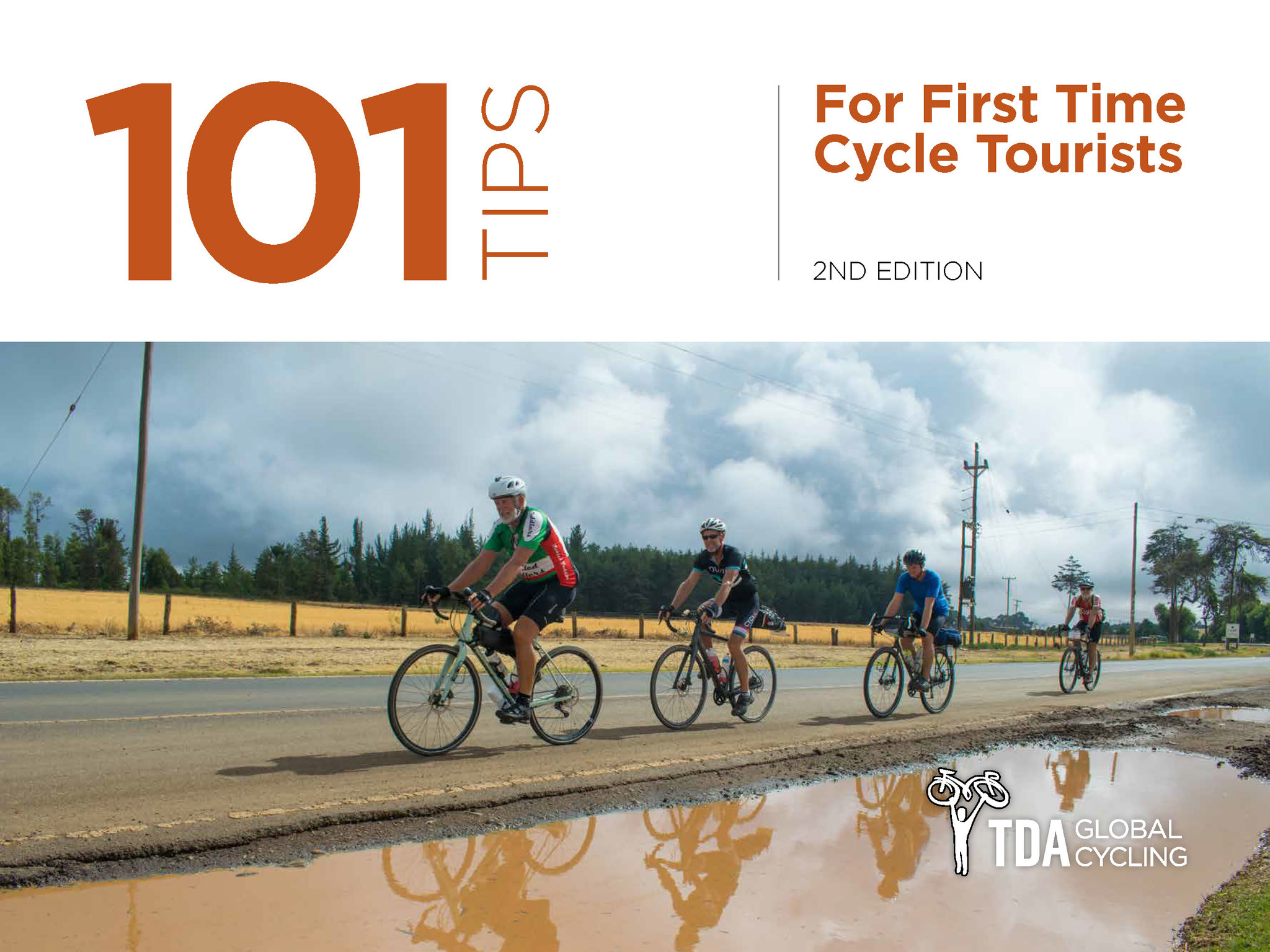Blog
Your Risk of Immediate Death
Last week we had informative, and humerous posts from TDA founder, Henry Gold. He has been on a roll lately. Here is his latest on risk – something that has been a topic recently regarding our route thru Mexico this summer…
‘Is it safe?’ is the one question that I hear every time someone finds out how I spend my time making a living. Is it safe to cross a continent on a bike? Is it safe to go to country x, y or z? Is it safe to cycle in areas where there are wild animals? Is it safe to eat local food? Which is safer Trans-Europa, Silk Route, the South American Epic or TdA? Of course it is a natural thing to ask; yet each time I bristle when asked.
It turns out I am not the only one. David Spiegelhalter who just happens to be a professor of risk management at a rather unknown school of higher learning called University of Cambridge seems to feel the same way. In a little piece called the ‘True Cost of Risky Behavior’ in the January issue of a silly publications called Scientific American he had this to say; “I hate when someone tells me that something is risky. Well compared to what?”
To answer his own question Professor Spiegelhalter spends his time calculating and then explaining in a most amusing way what are our chances of dying while cycling as compared to driving or playing tennis or doing nothing. How does he do it? He uses something called Micromort (from micro- and mortality) which is defined as “a unit of risk measuring a one-in-a-million probability of death. Micromorts can be used to measure riskiness of various day-to-day activities. A microprobability is a one-in-a million chance of some event; thus a micromort is the microprobability of death.” A microlife on the other hand is a unit of risk representing half hour change of life expectancy.
Take a look at this video. It will make you laugh, but it will hopefully also make you think. And ideally it will put you on a bicycle or maybe even sign up for the Doomsday Ride. But please don’t ask me if it is safe unless of course you ask me how many micromorts is a cycling tour compared to eating 100 charcoal-broiled steaks.
PS. And for those of you who do not feel like watching, some rules of thumb. Here are some activities that increase the death risk by one micromort, and their associated cause of death:
 Living 2 days in New York or Boston (air pollution)
Living 2 days in New York or Boston (air pollution)- Living 2 months with a smoker (cancer, heart disease)
- Drinking Miami water for 1 year (cancer from chloroform)
- Living 15 years within 20 miles of a nuclear power plant (cancer from radiation)
- Travelling 6 miles by motorbike (accident)
- Travelling 17 miles by walking (accident)
- Travelling 20 miles by bicycle (accident)
- Travelling 230 miles (370 km) by car (accident)
- Flying 1000 miles (1609 km) by jet (accident)
- Scuba diving – 4.72 micromorts per dive
- Skydiving (in the US) – 7 micromorts per jump
Photo Credit: balusss via Compfight cc
 REGISTER NOW
REGISTER NOW




1 Comment for "Your Risk of Immediate Death"
An important rider to this is the risk related to age. As he puts it, simply being 60 years old is 5000 micromorts in itself, so why not go skydiving when it adds only 7? Ie the older you get the less risky – relatively – activities become.